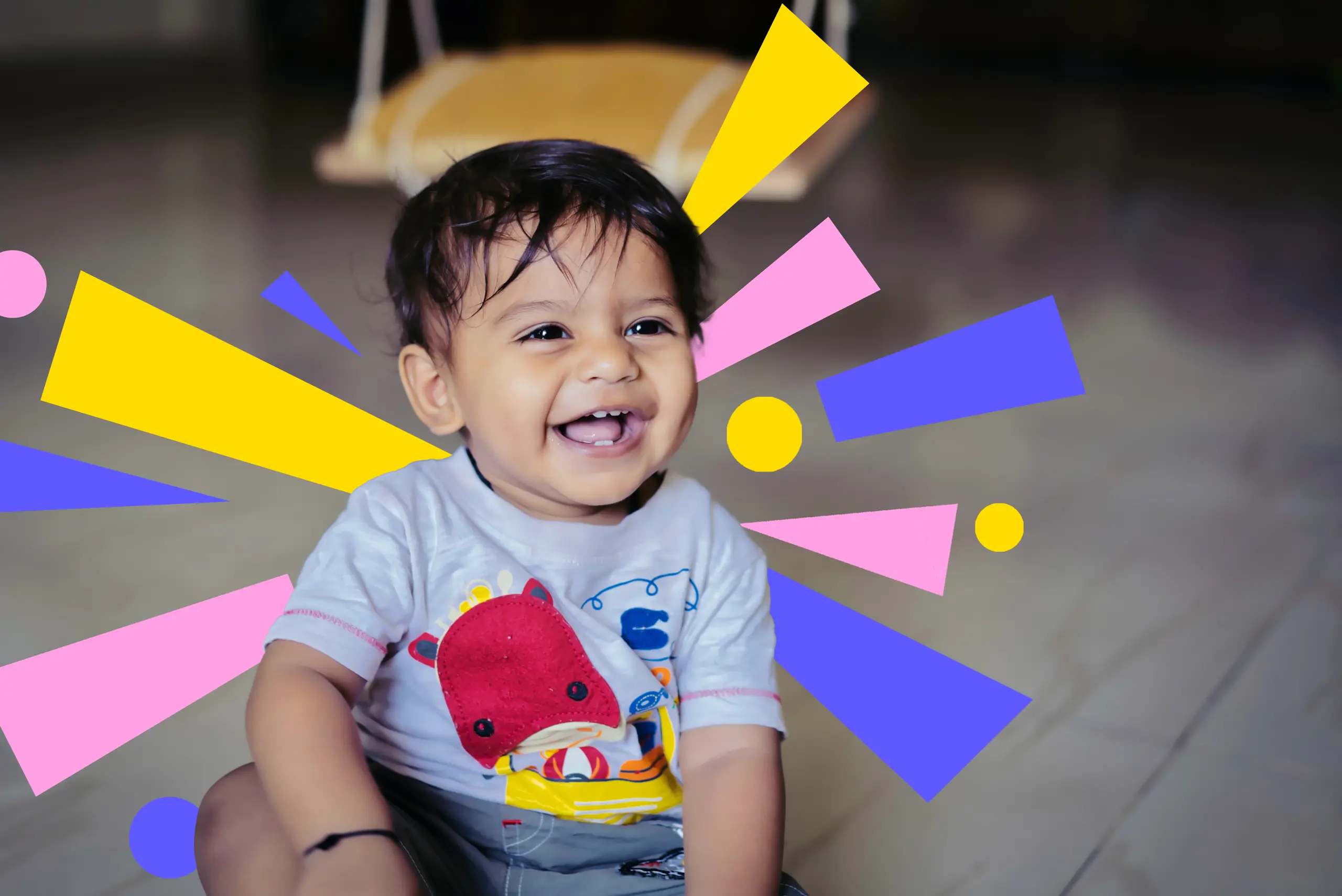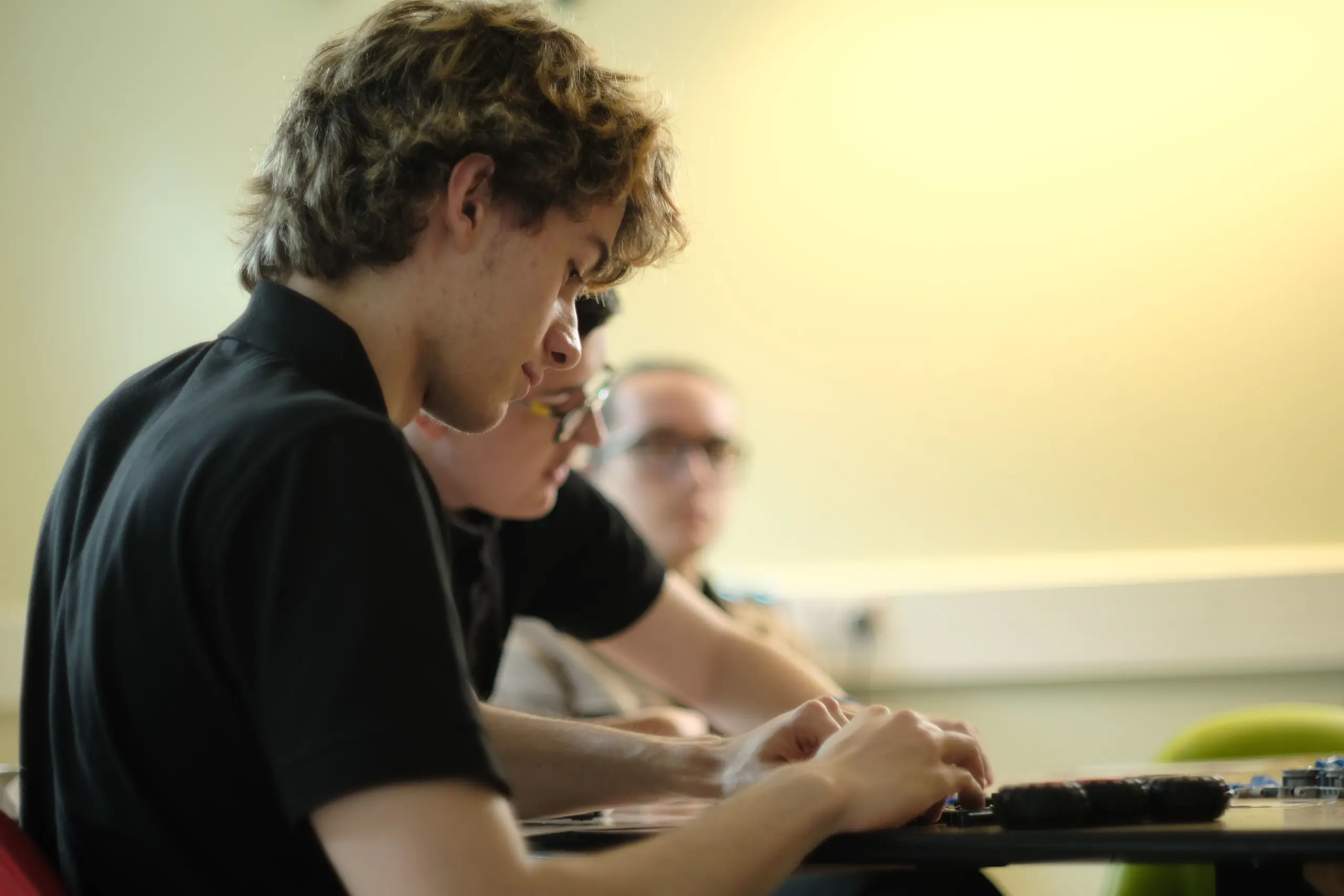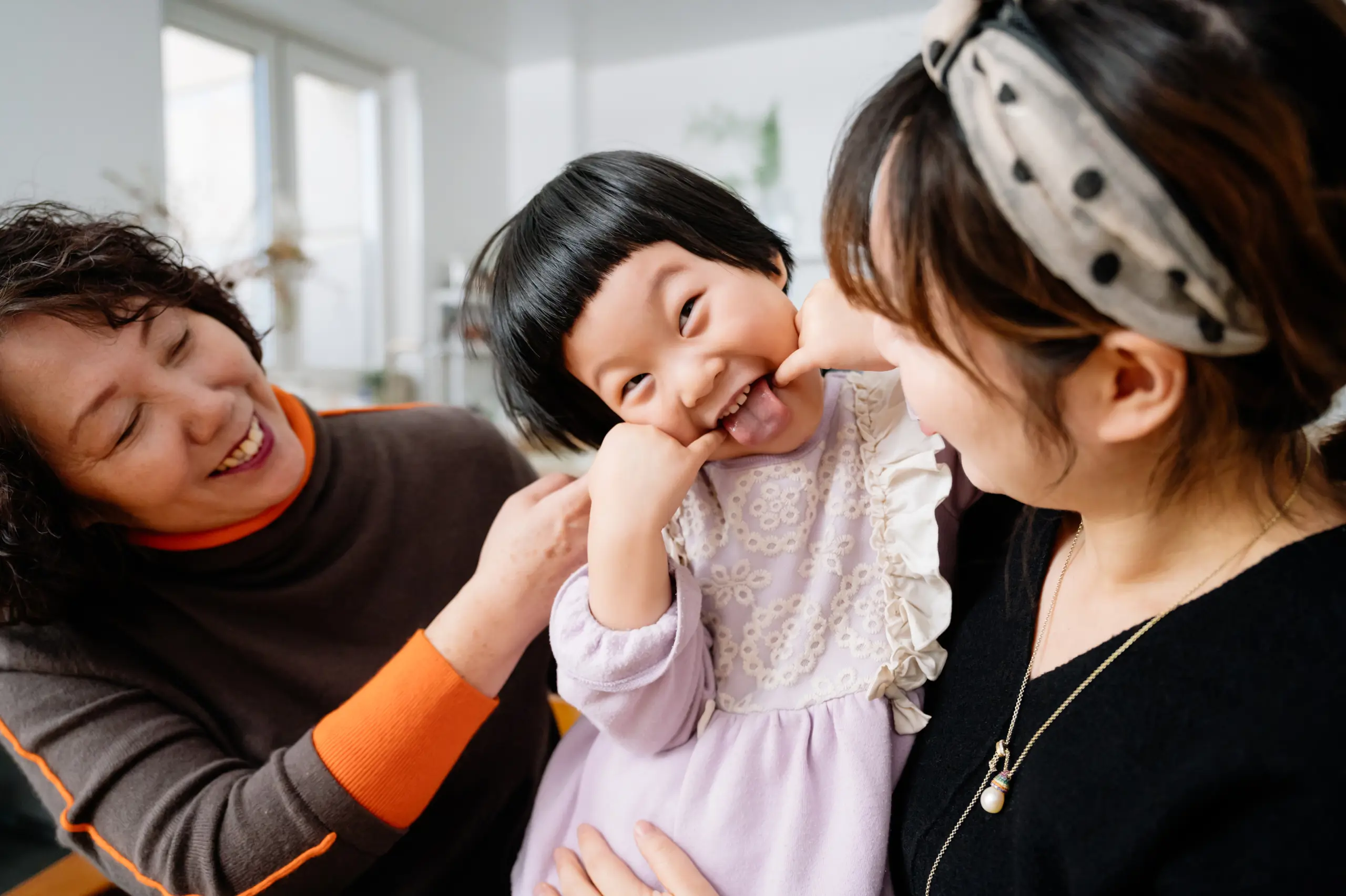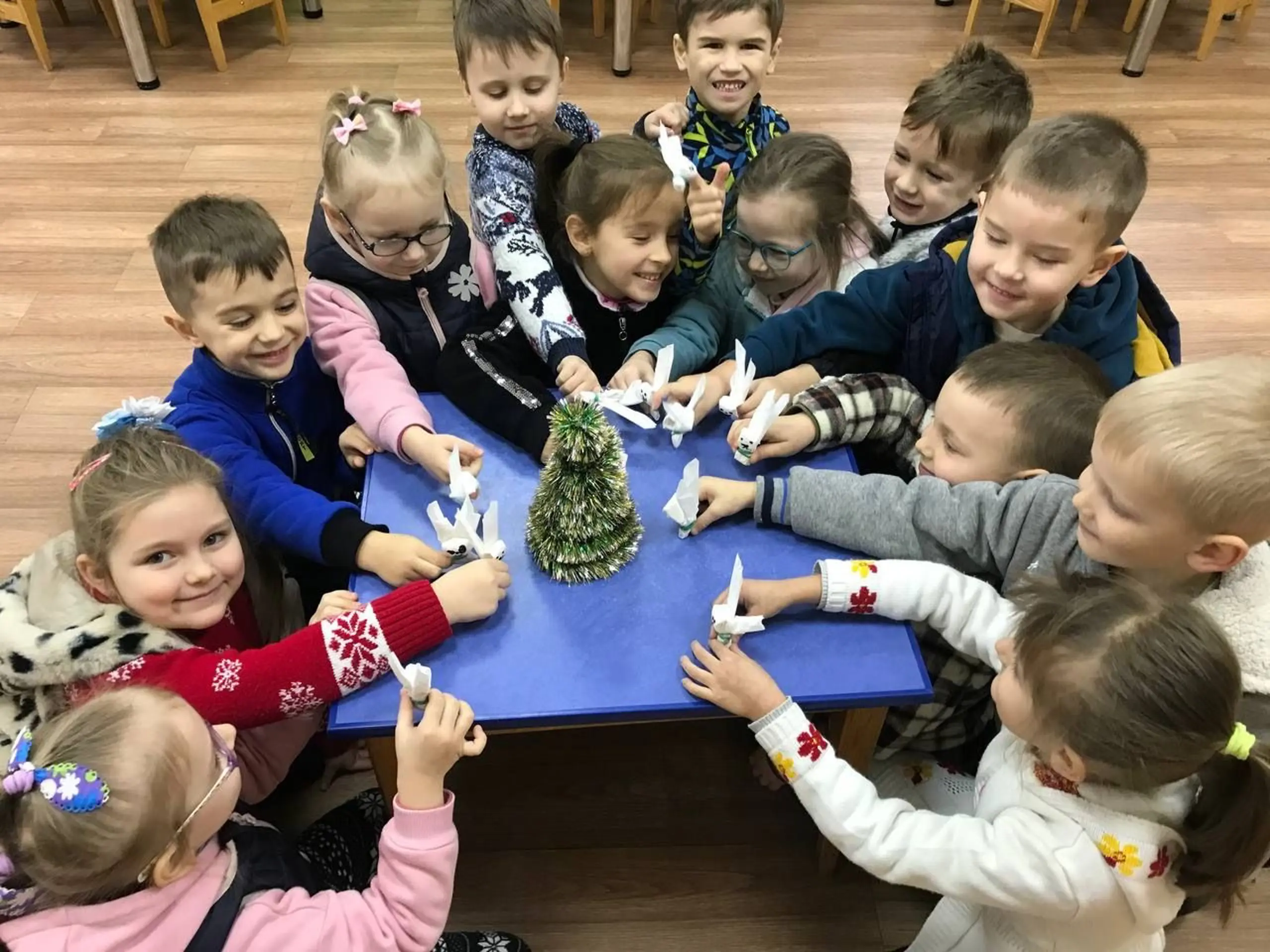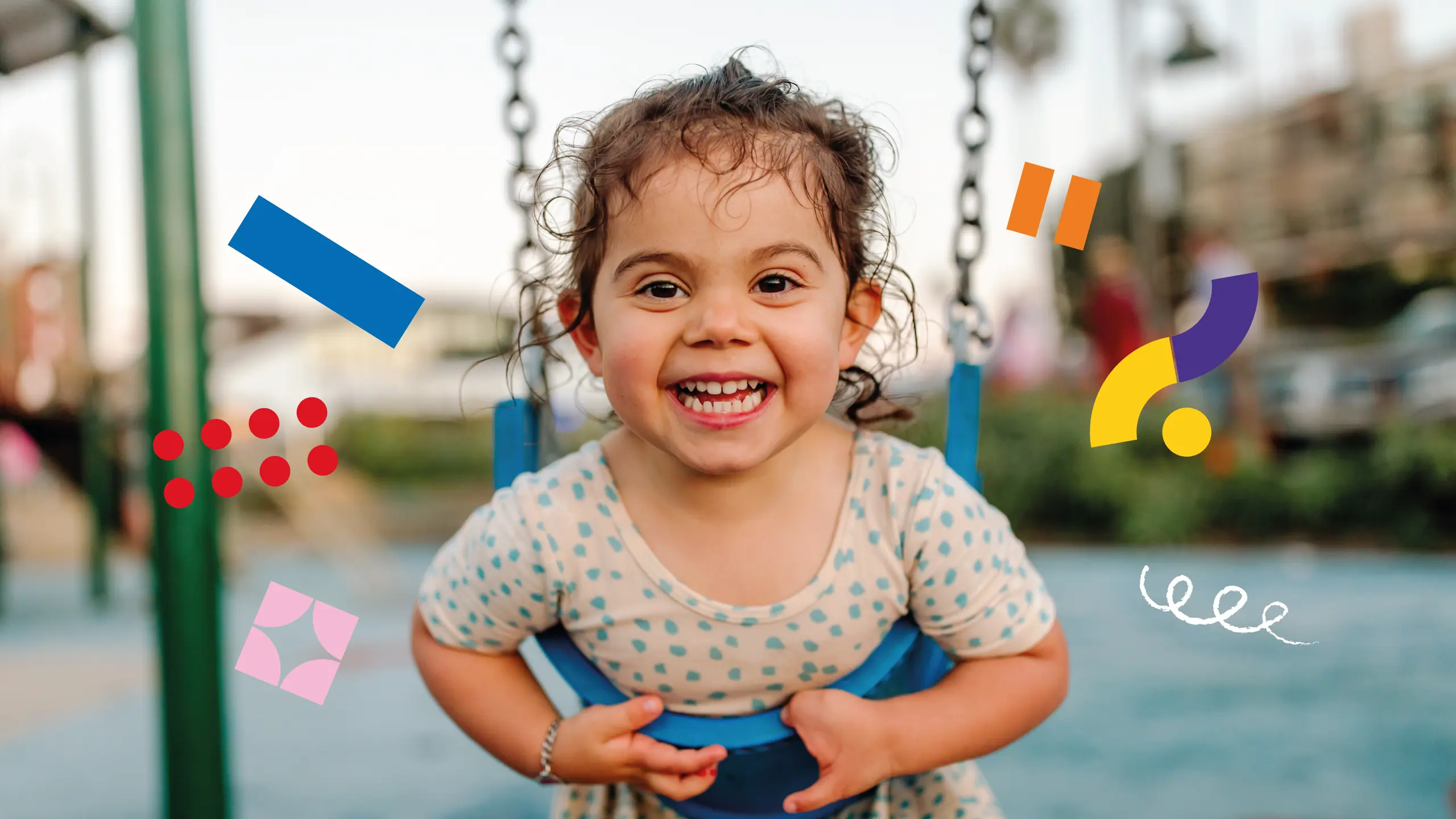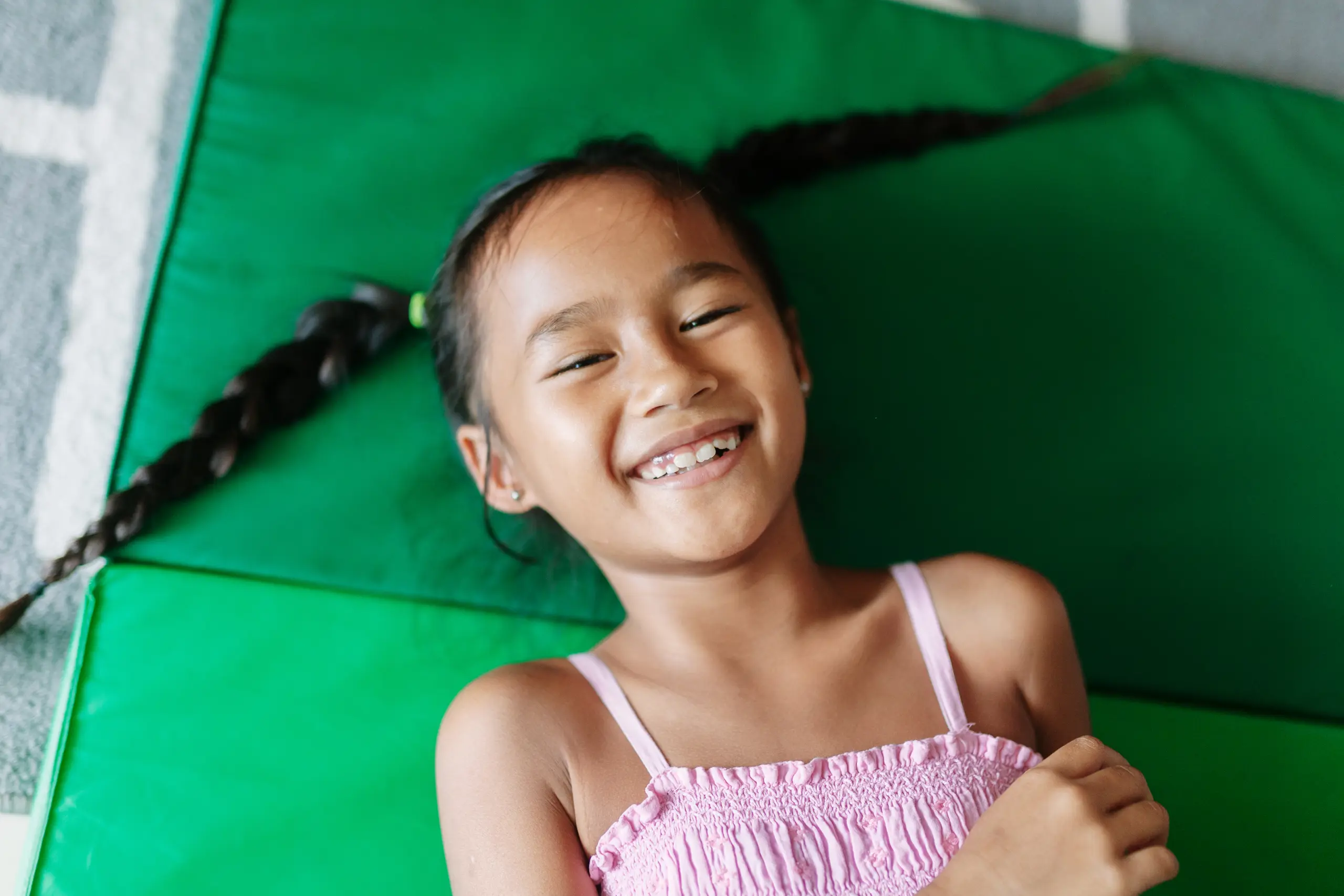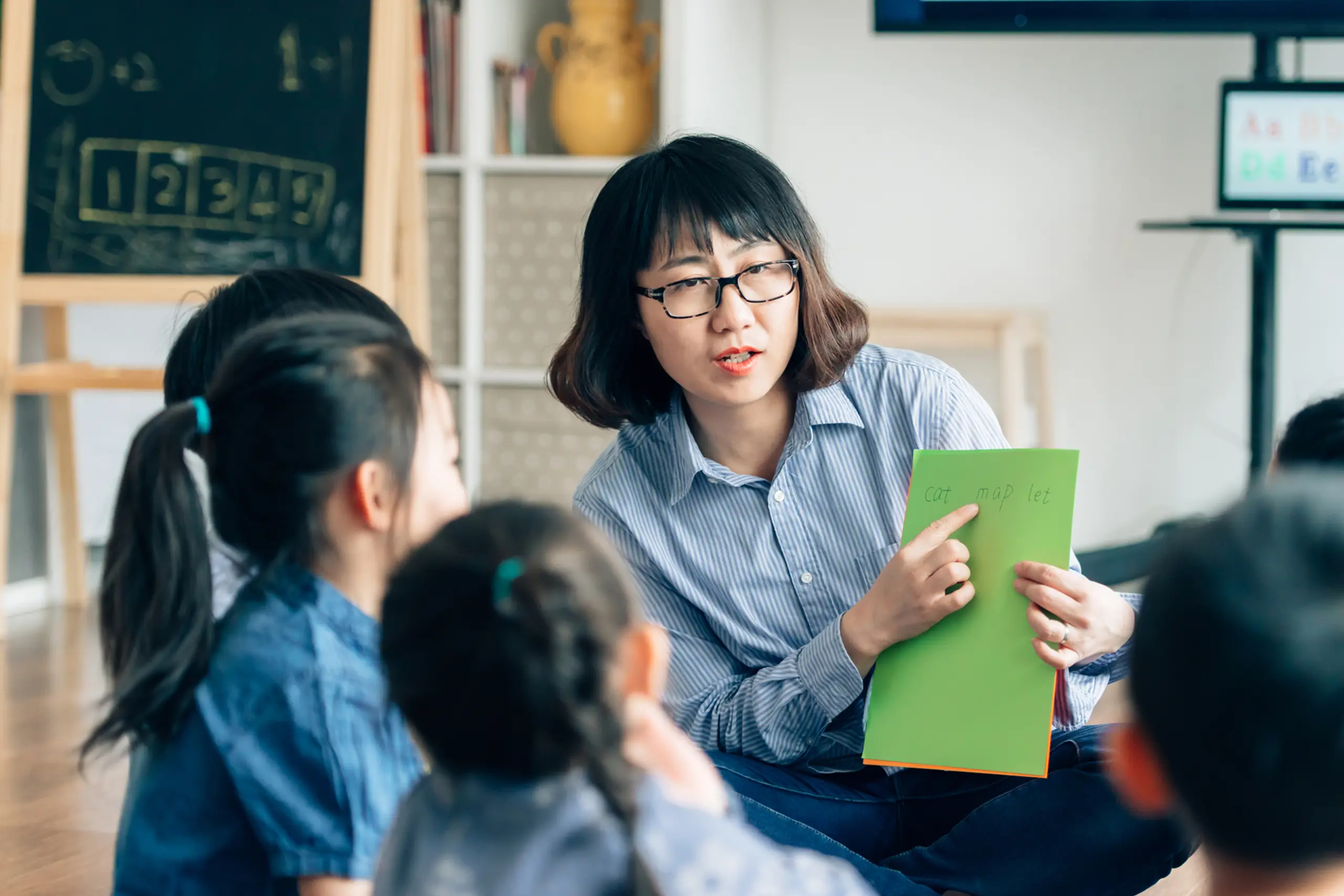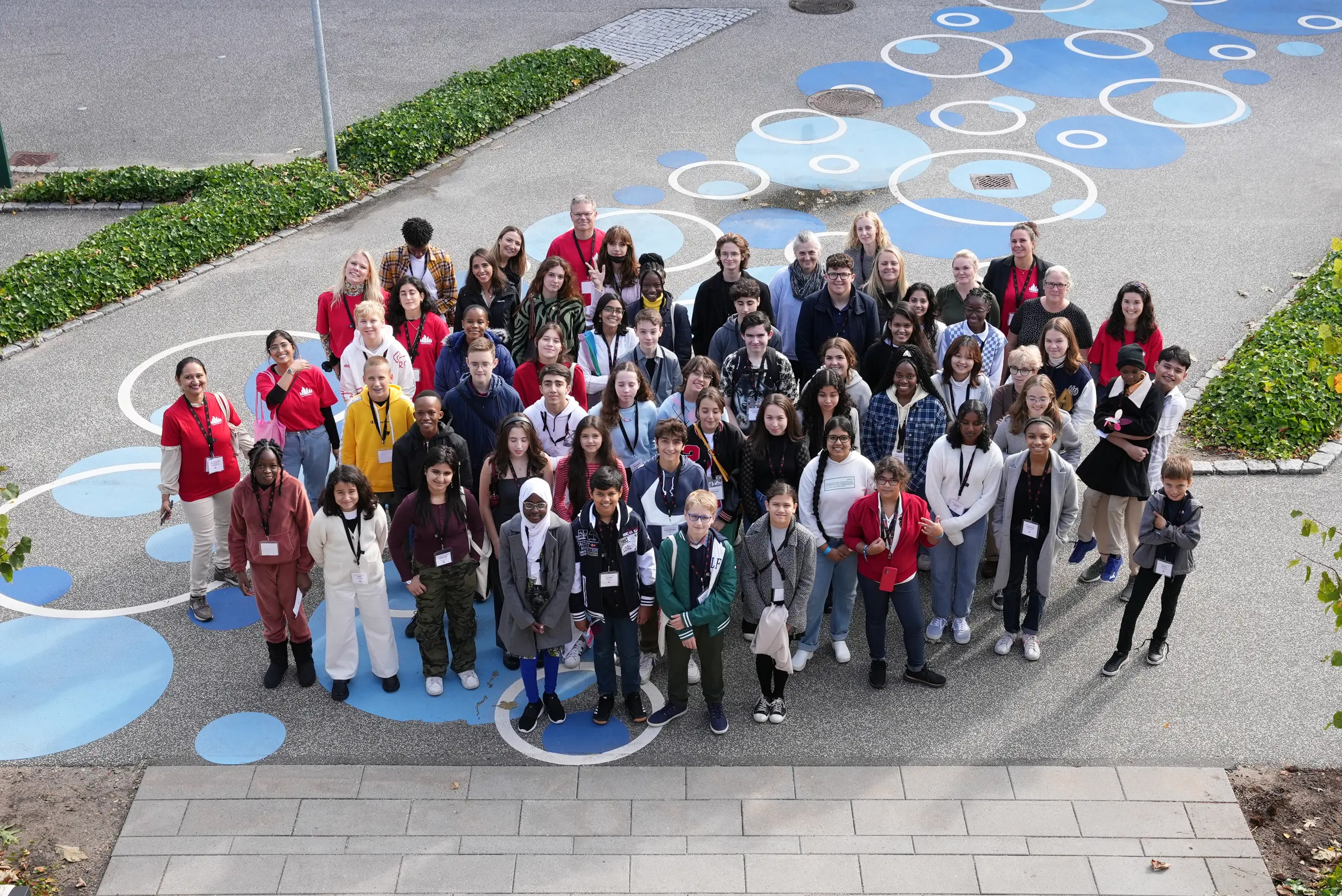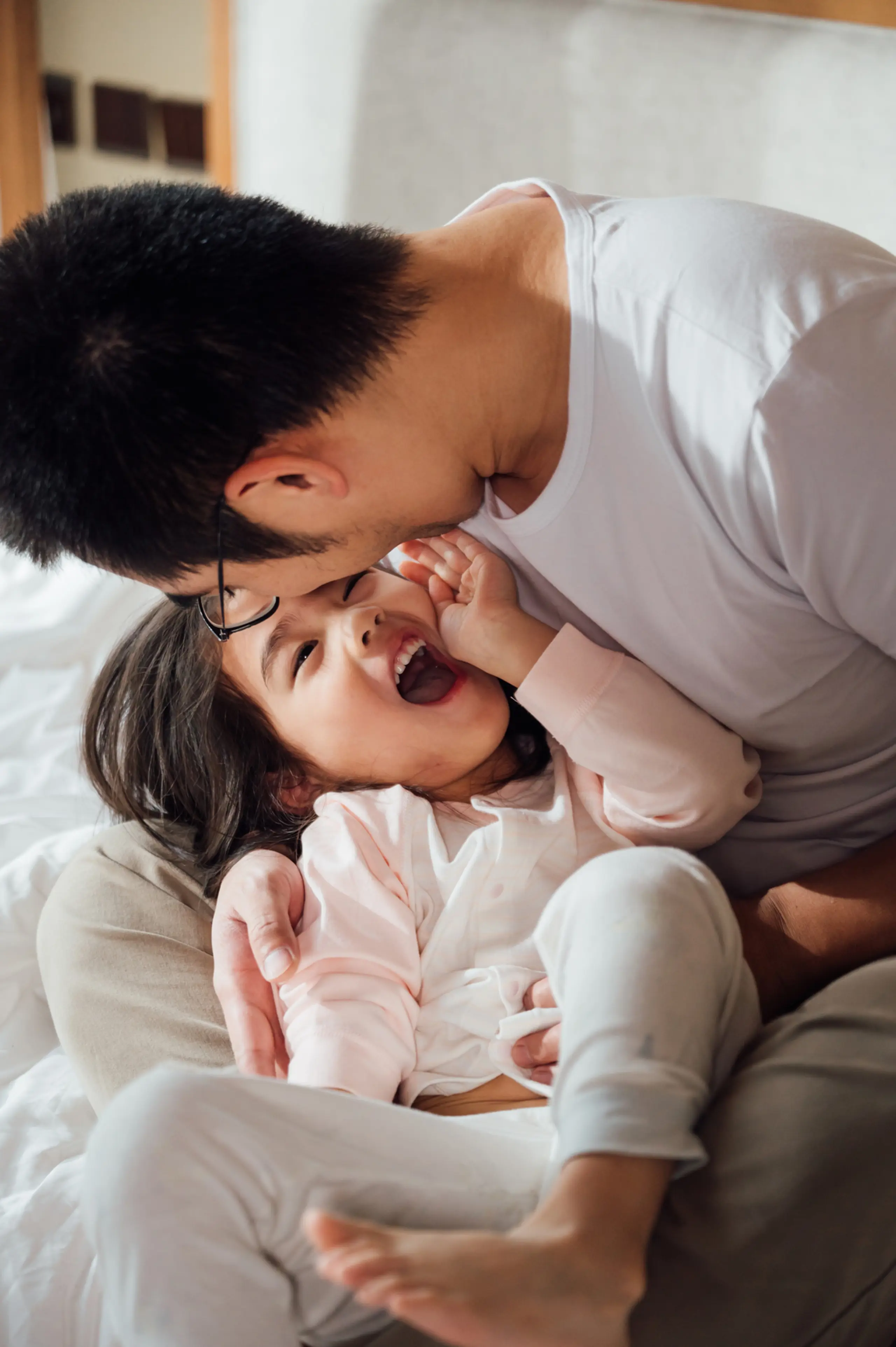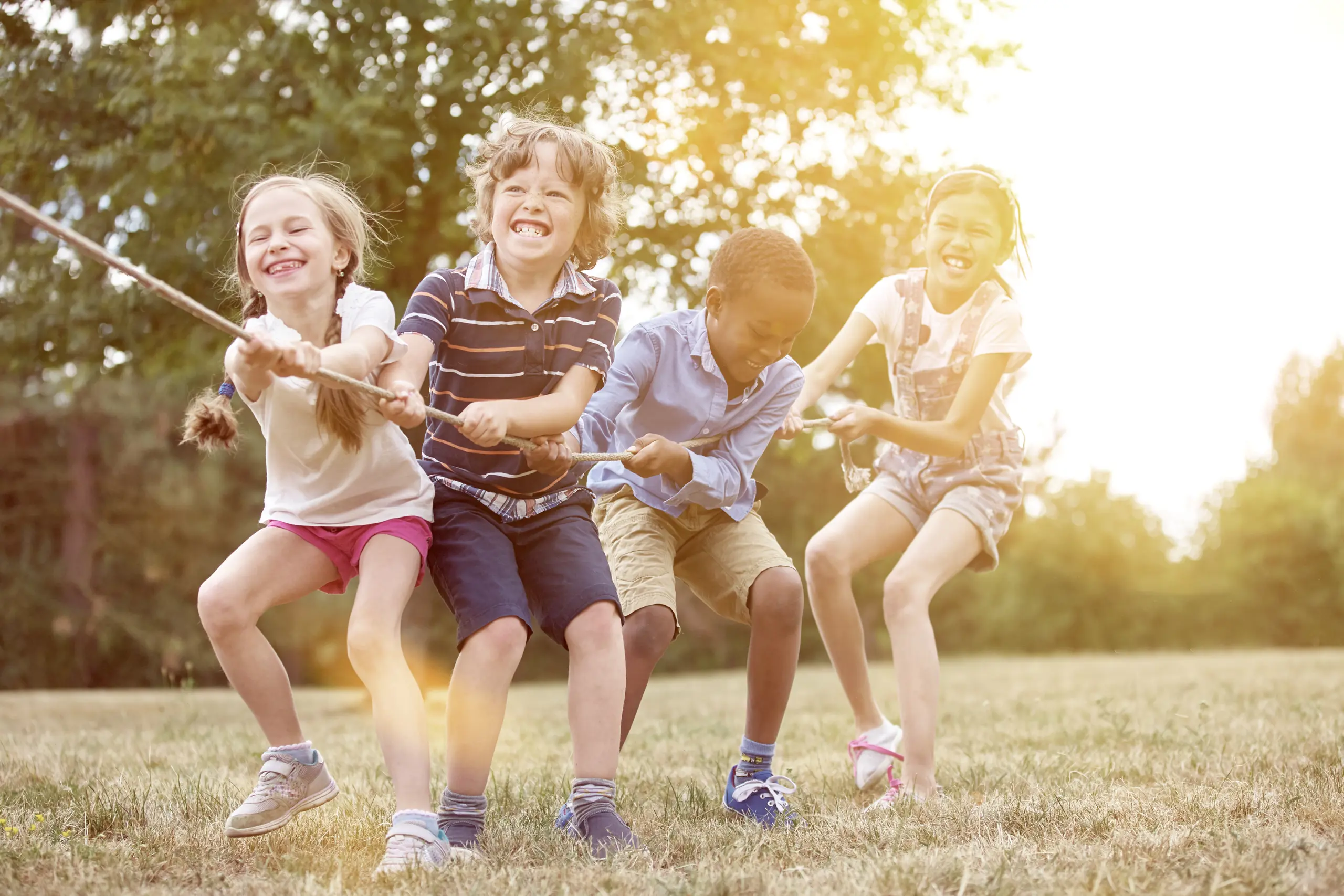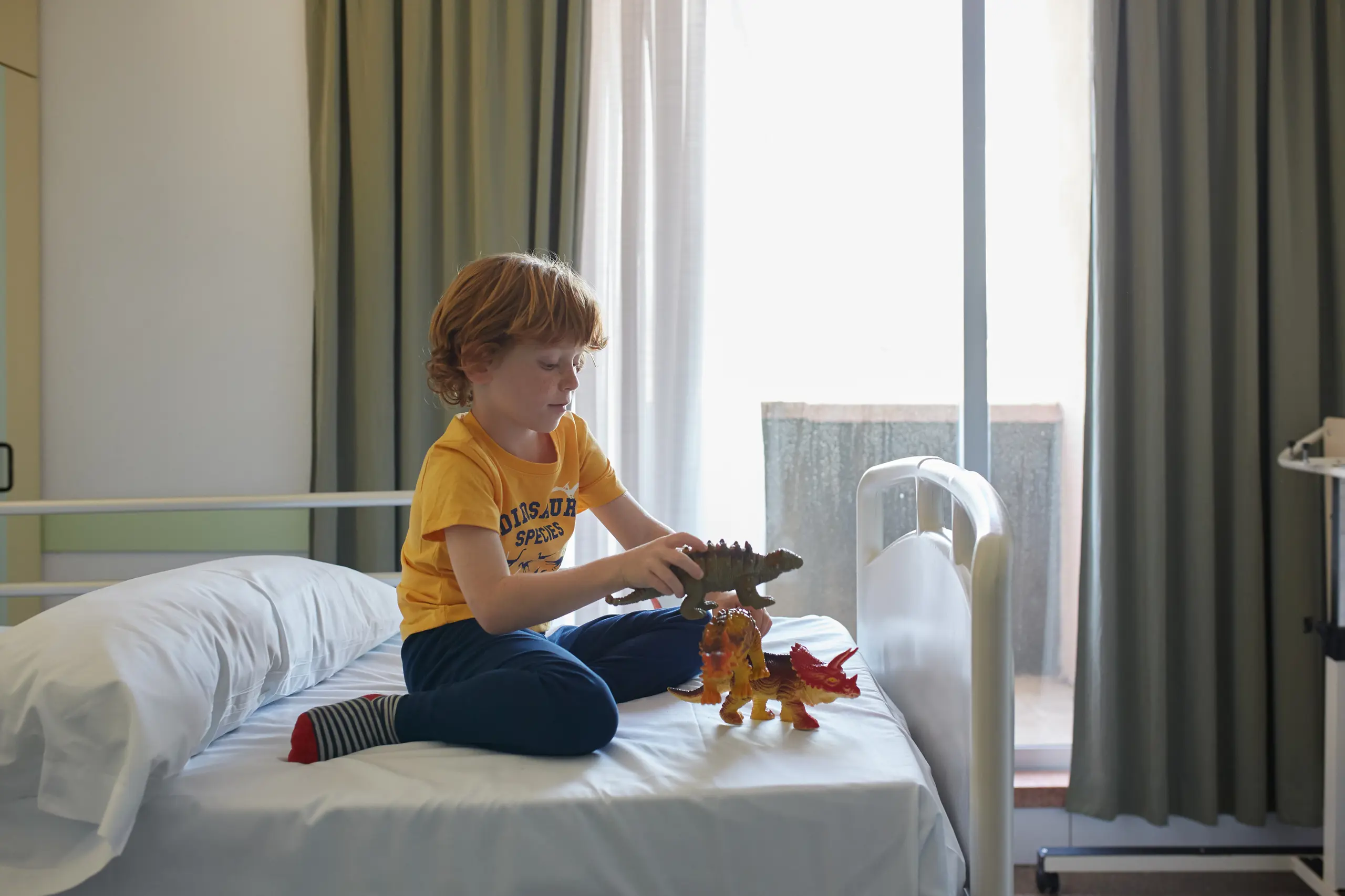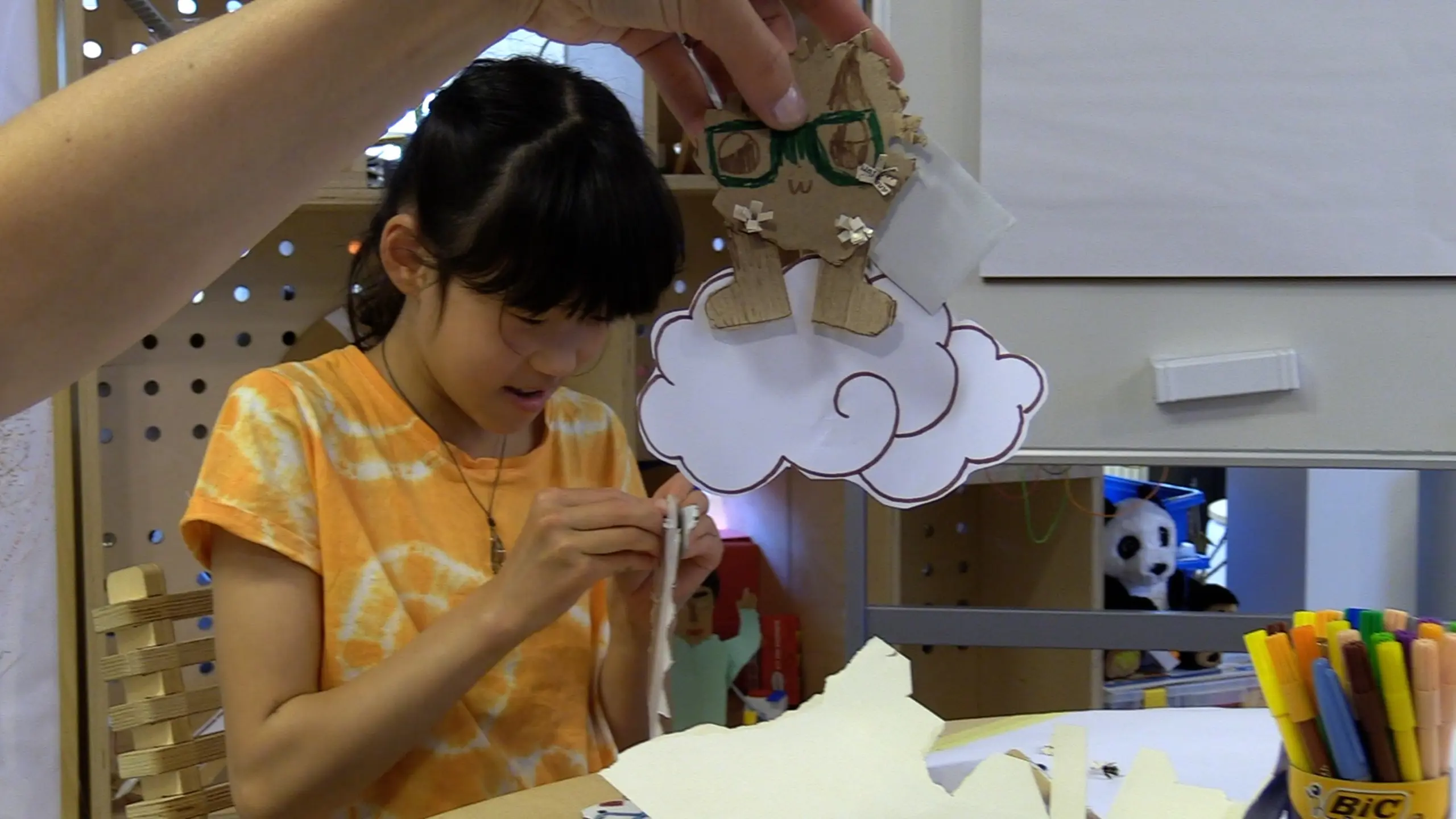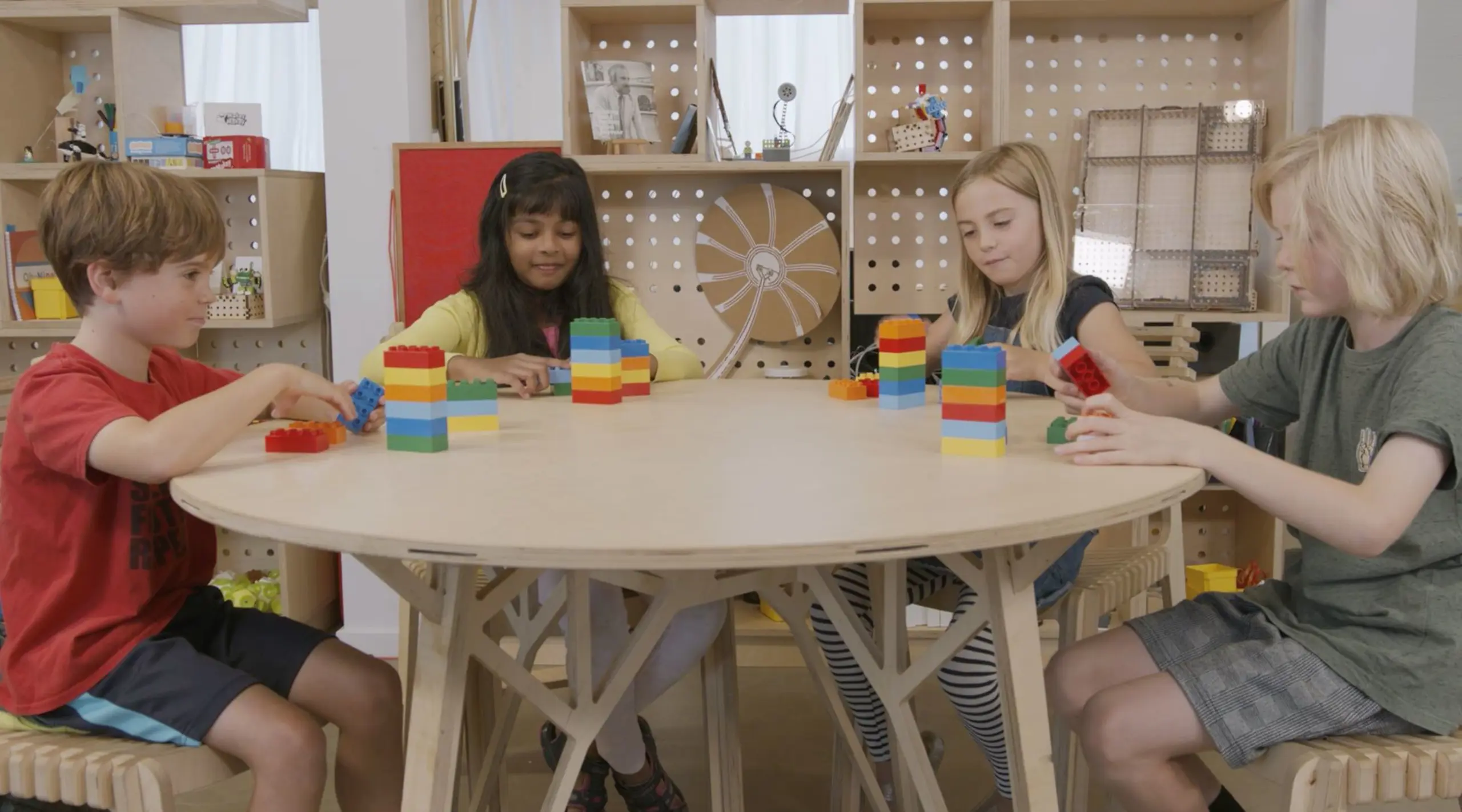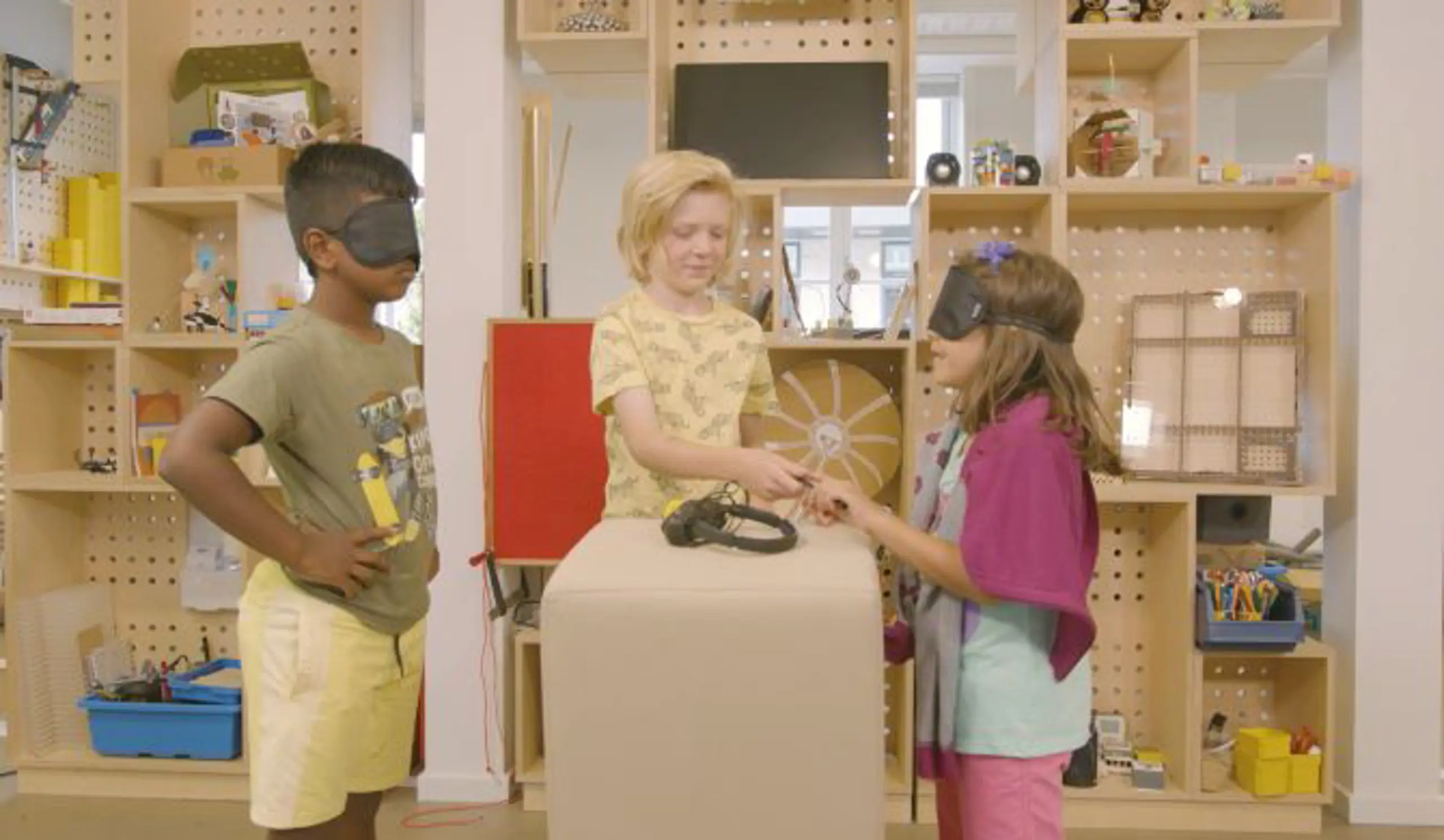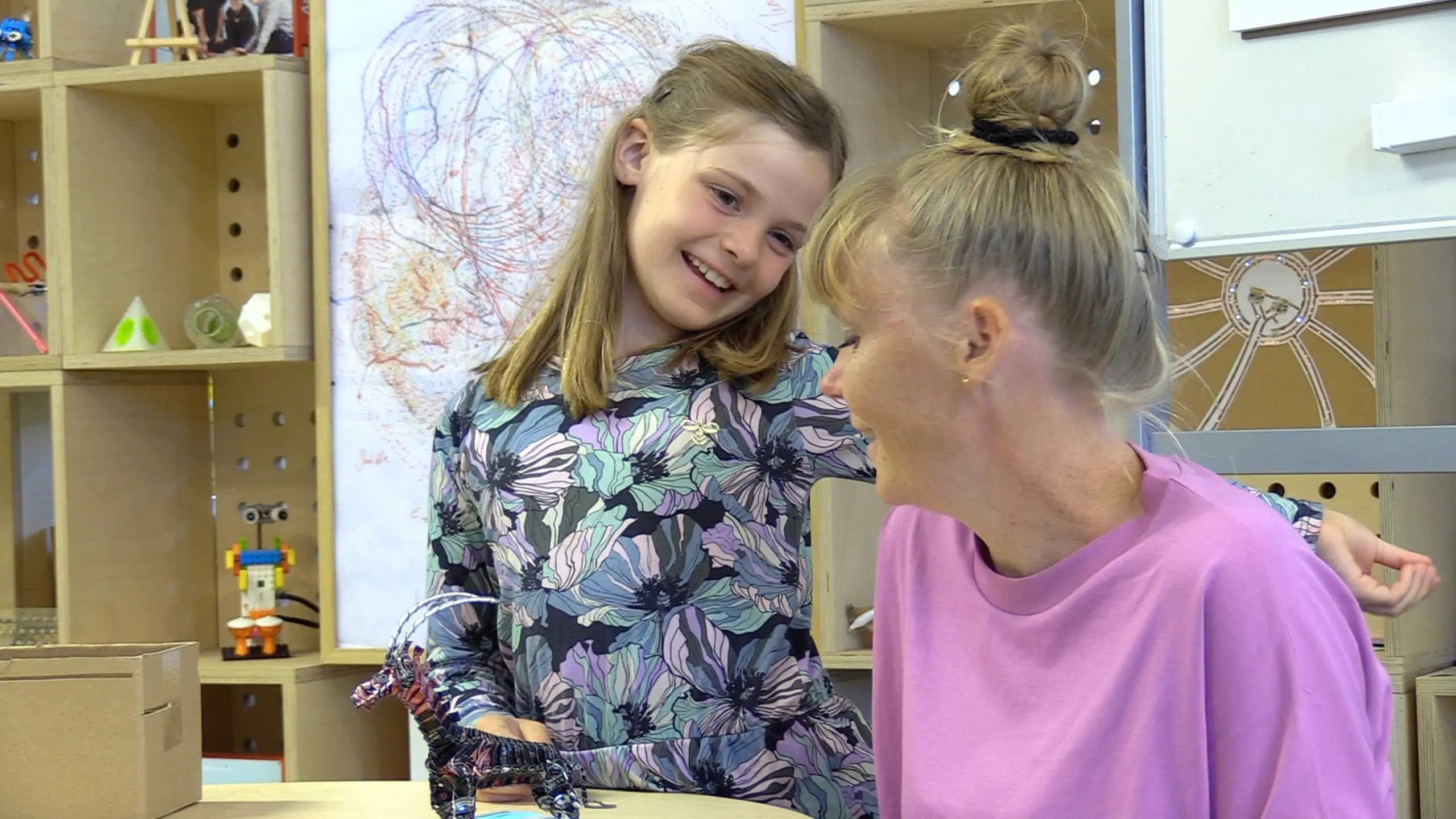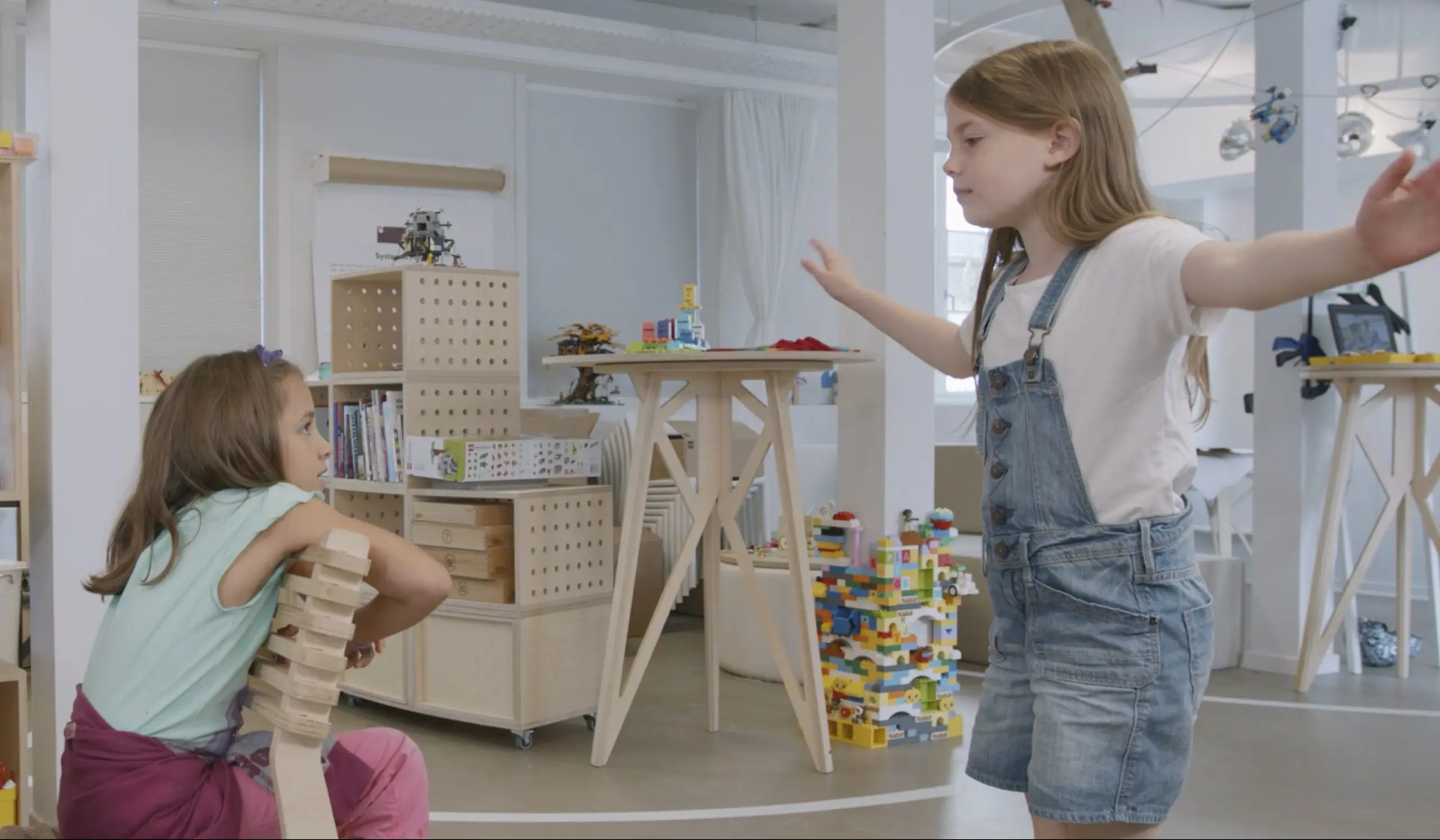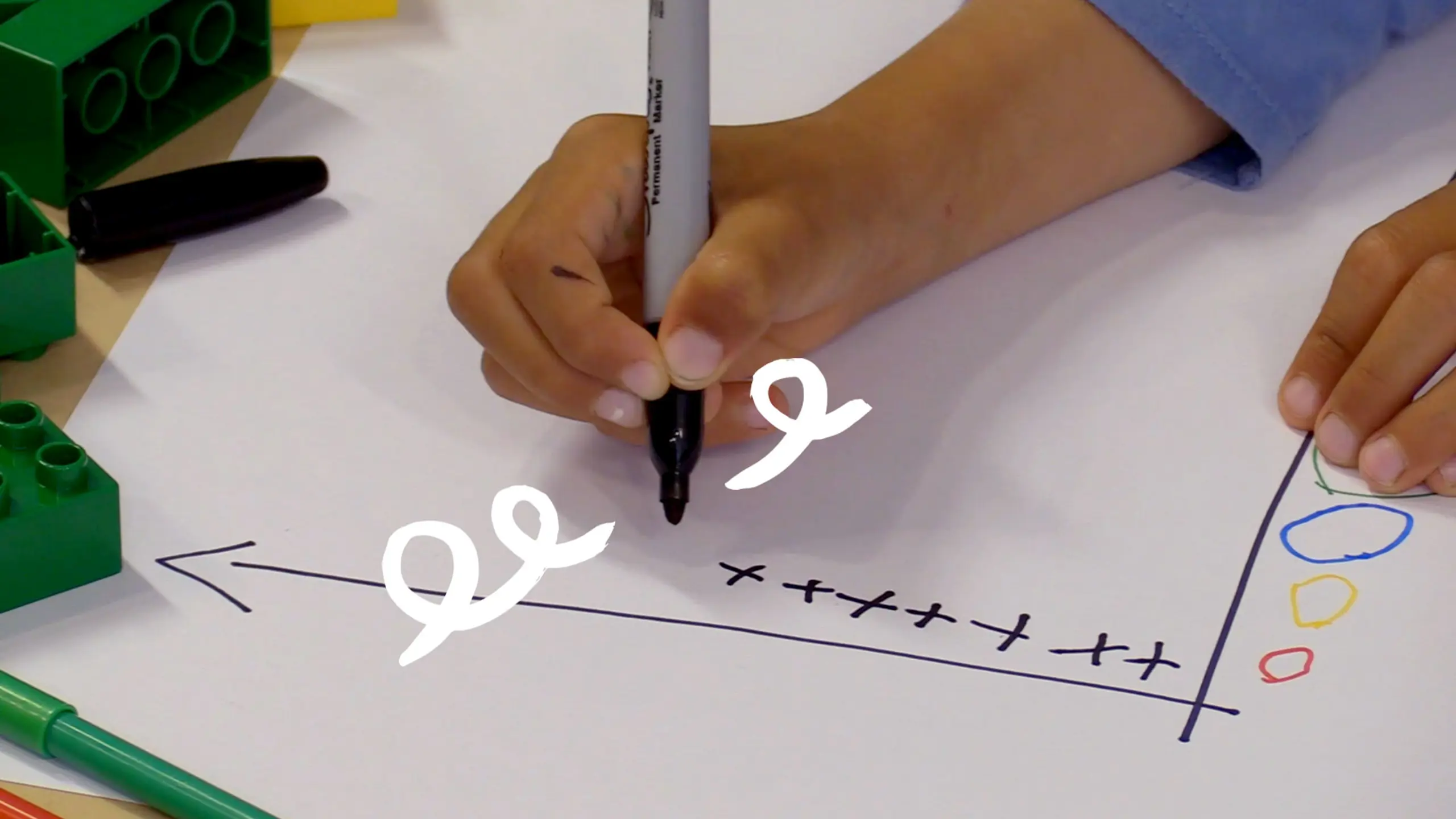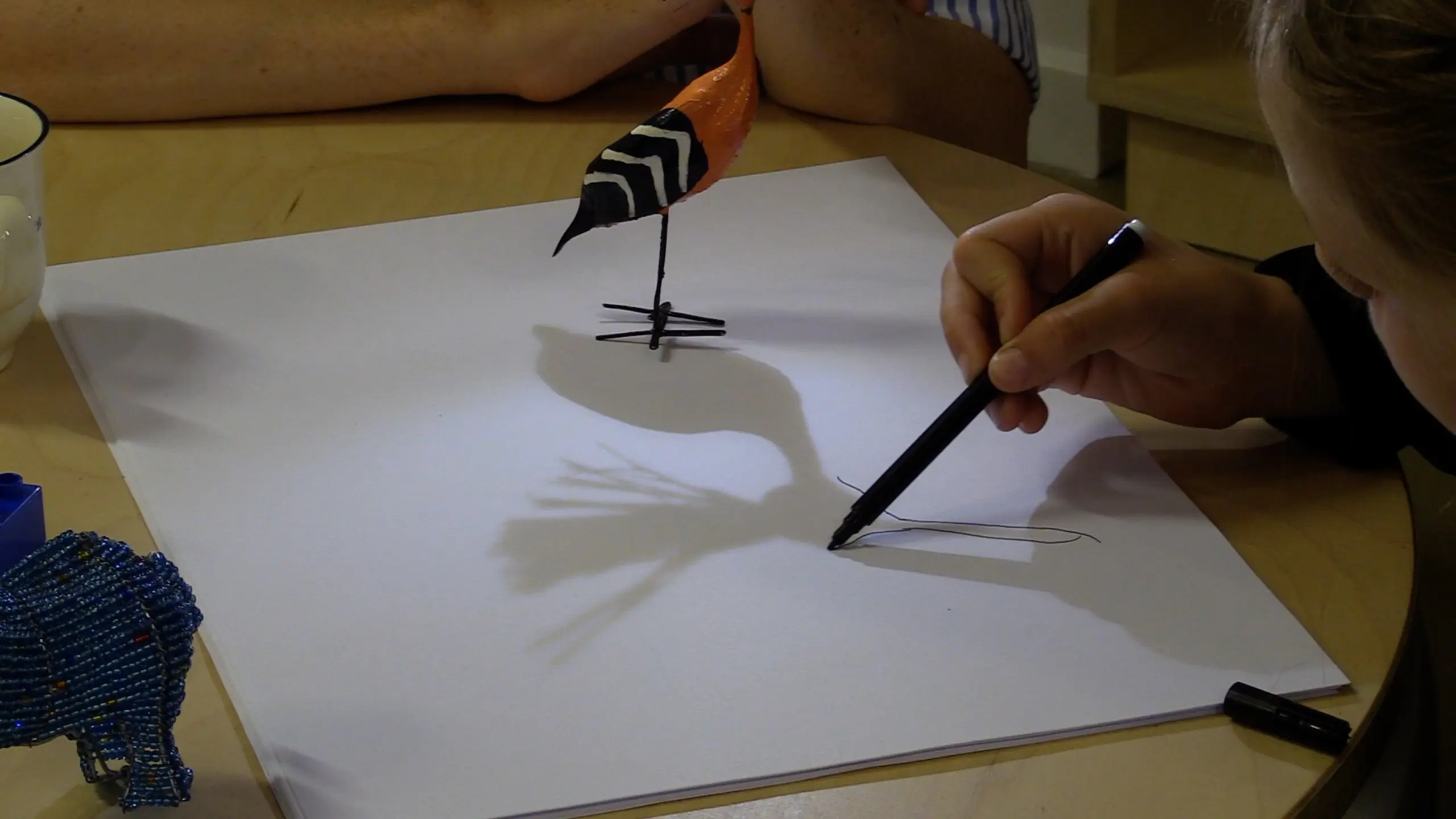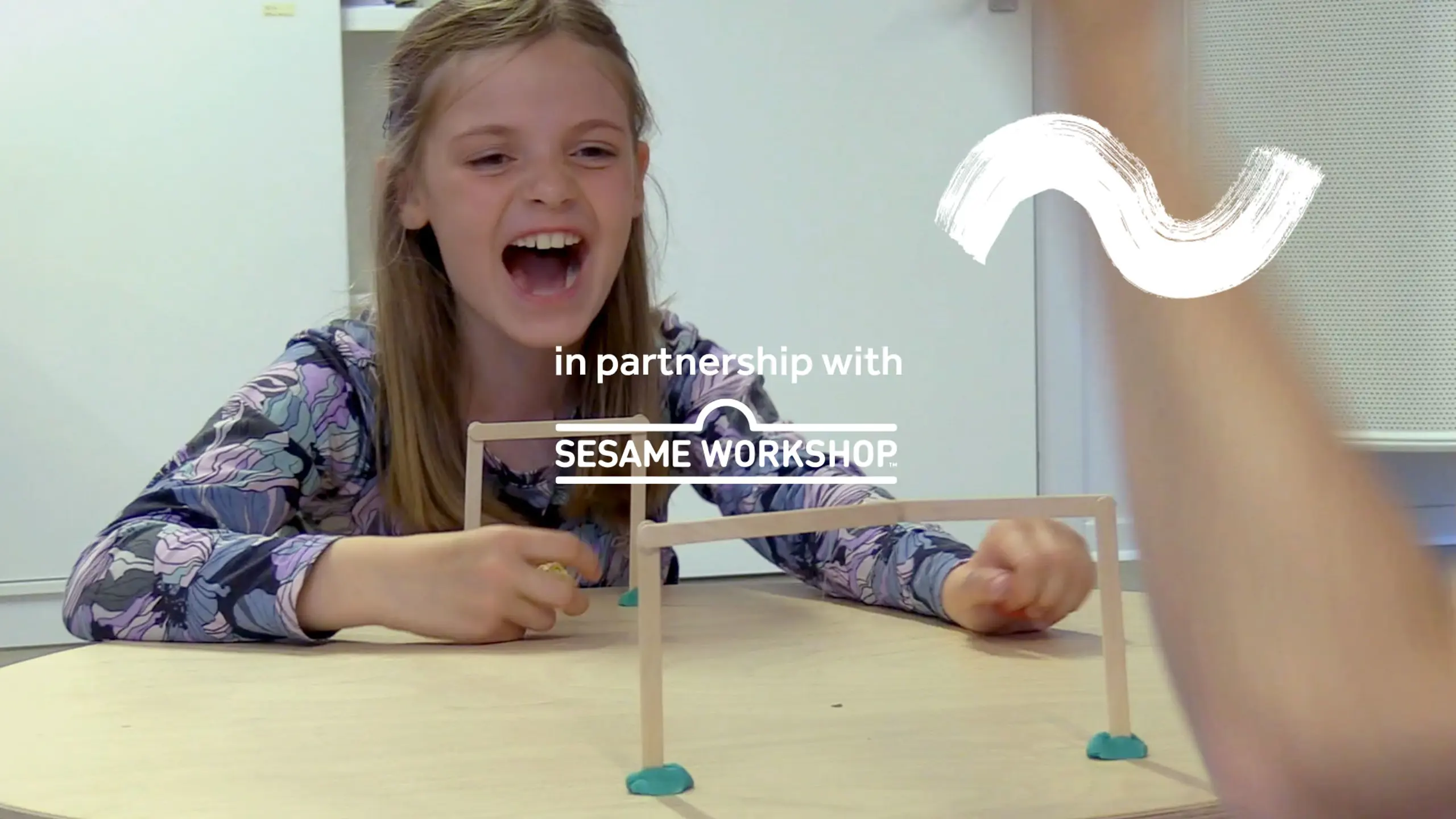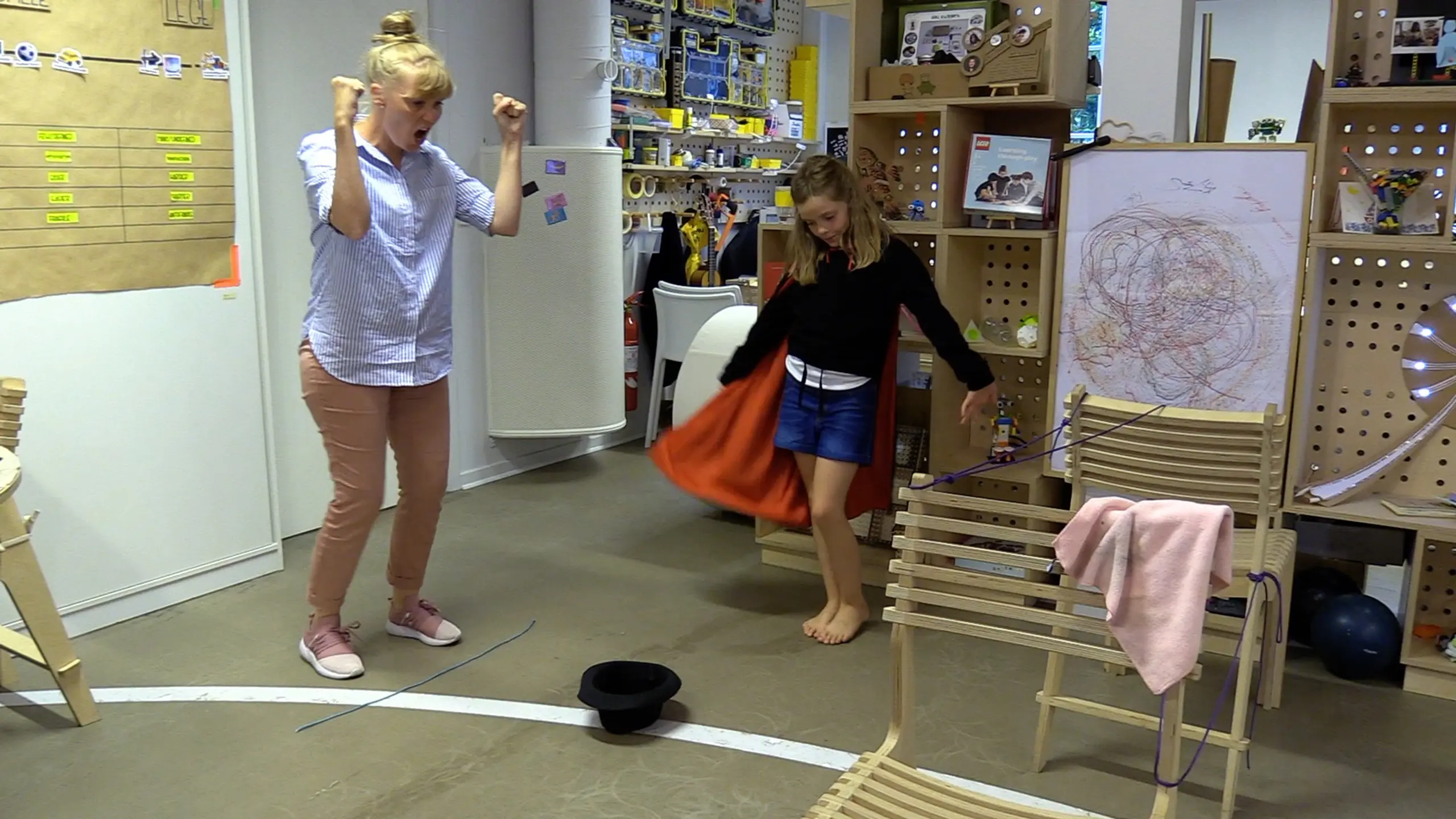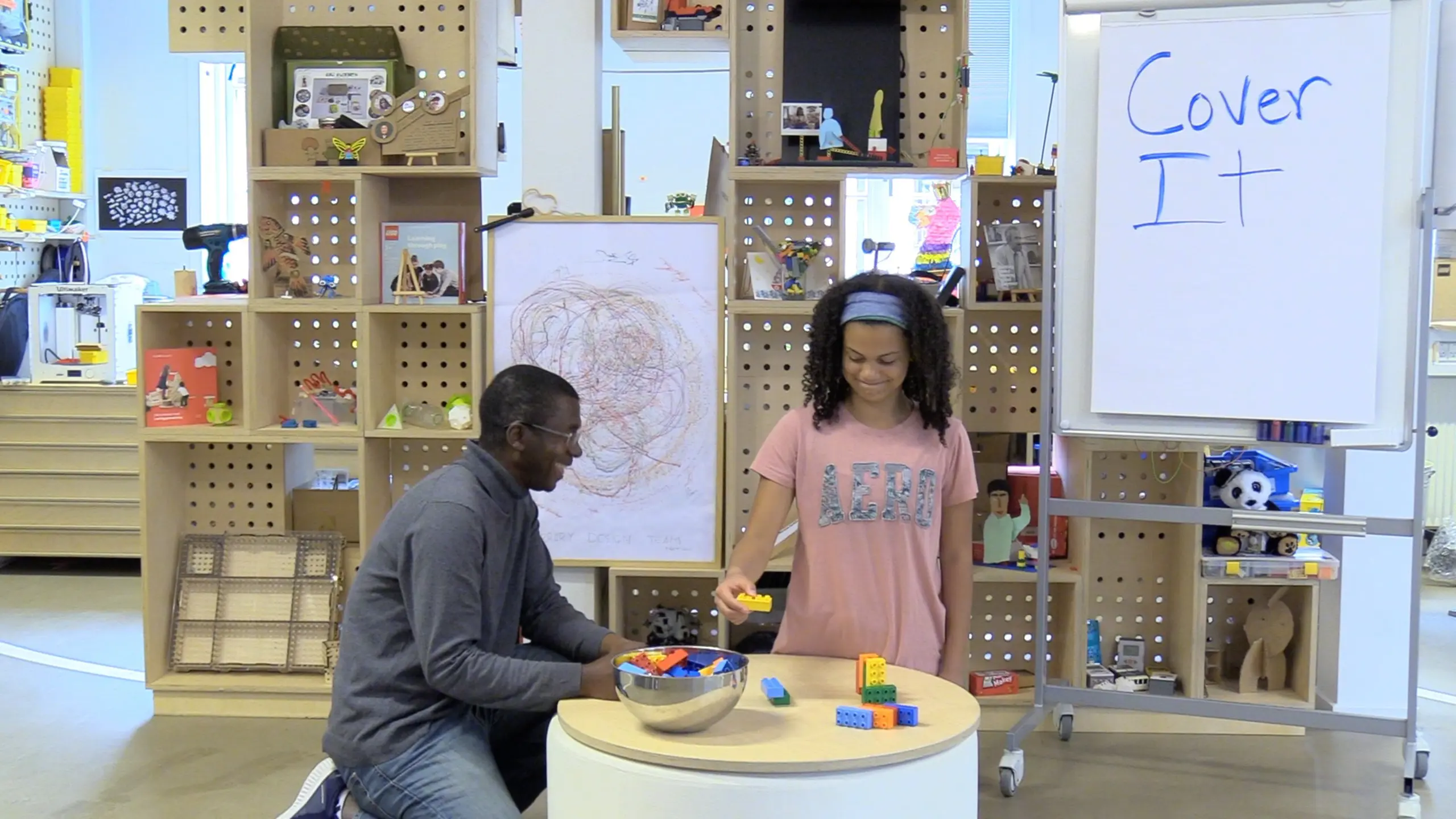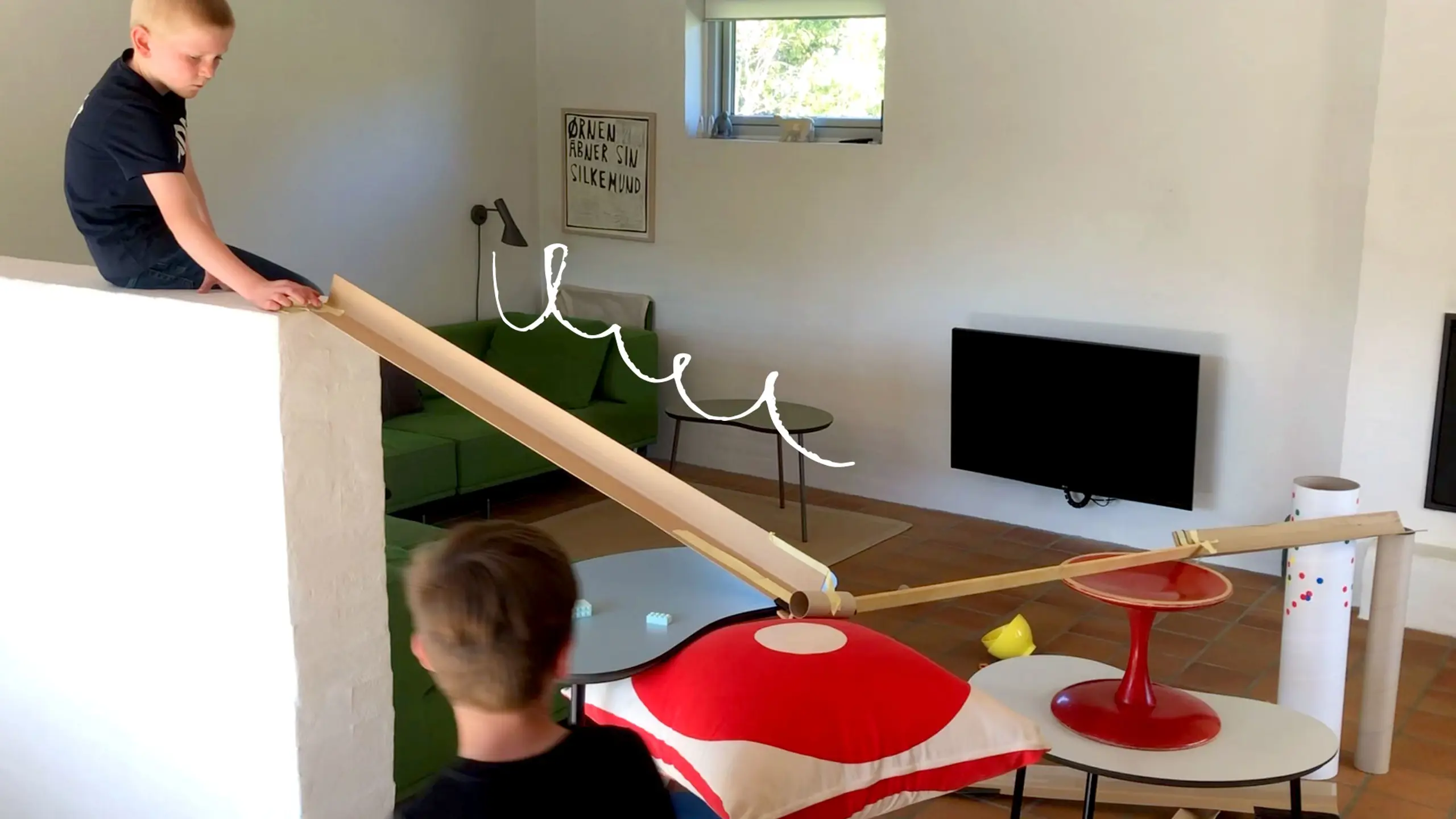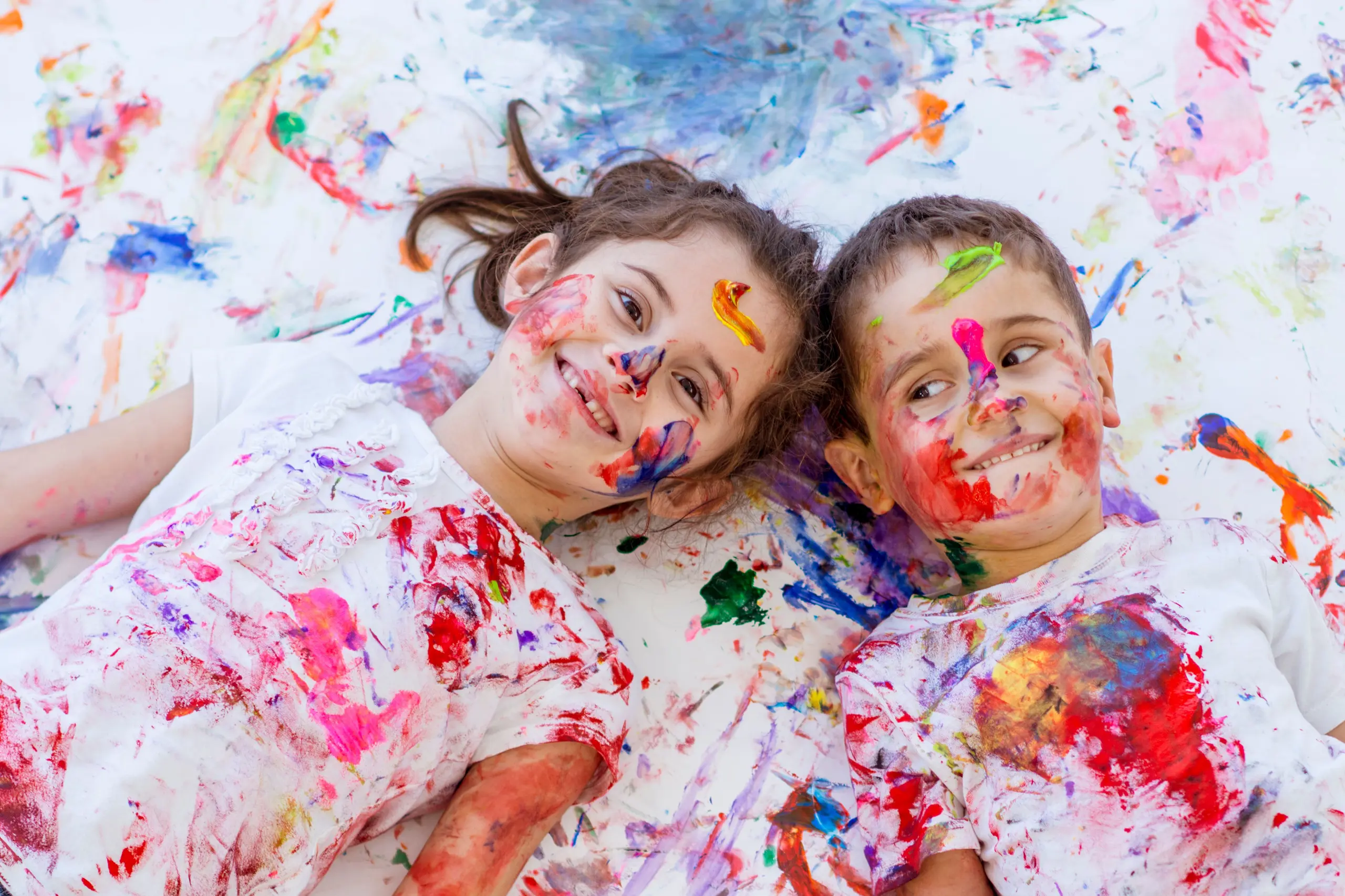
Children know play is their superpower
We’re here to convince the grown-ups. Because play is something every child, everywhere in the world can do. It fuels curiosity, sparks creativity, and inspires a lifelong love of learning. Children who play pick up all kinds of skills to thrive today – and lay the foundations for a happier, healthier life tomorrow.
Why Play?Dive into our latest news, research, blogs and project stories
Explore our latest research
Ready to play?
When children play, they learn. They solve problems, think strategically, relate to others, and manage life’s ups and downs. Play helps children learn how to learn – and love learning. We've gathered some of our favourite games. You can play them anywhere – using things you find at home.
More activities